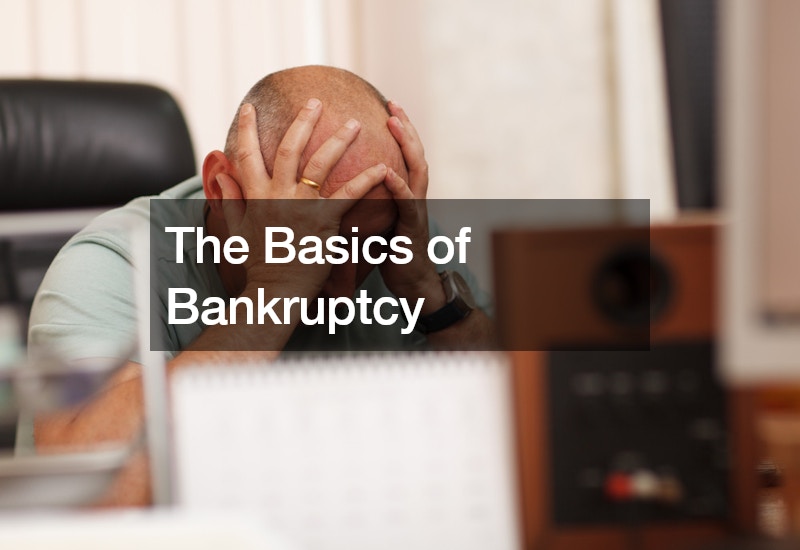Bankruptcy, a legal process designed to provide relief to individuals and businesses overwhelmed by debt, involves filing a petition with the court to seek protection from creditors and obtain a fresh financial start. There are several types of bankruptcy, with the most common being Chapter 7 and Chapter 13. Chapter 7 bankruptcy, often referred to as “liquidation bankruptcy,” involves the liquidation of non-exempt assets to repay creditors. Eligible debts are discharged, providing debtors with a clean slate, although certain assets may be subject to liquidation. Chapter 13 bankruptcy, known as “reorganization bankruptcy,” allows individuals with a regular income to create a repayment plan to settle their debts over a period of three to five years.
This option enables debtors to retain their assets while making manageable monthly payments to creditors.
Bankruptcy proceedings can be complex, requiring careful consideration and legal expertise. A bankruptcy attorney can provide invaluable guidance throughout the process, helping individuals understand their options, navigate the legal requirements, and protect their rights. From evaluating eligibility and determining the appropriate type of bankruptcy to representing clients in court proceedings and negotiating with creditors, a skilled bankruptcy attorney plays a crucial role in achieving a favorable outcome for debtors seeking relief from overwhelming debt. By enlisting the services of a knowledgeable bankruptcy attorney, individuals can navigate the bankruptcy process with confidence and pursue a fresh financial start.
.








